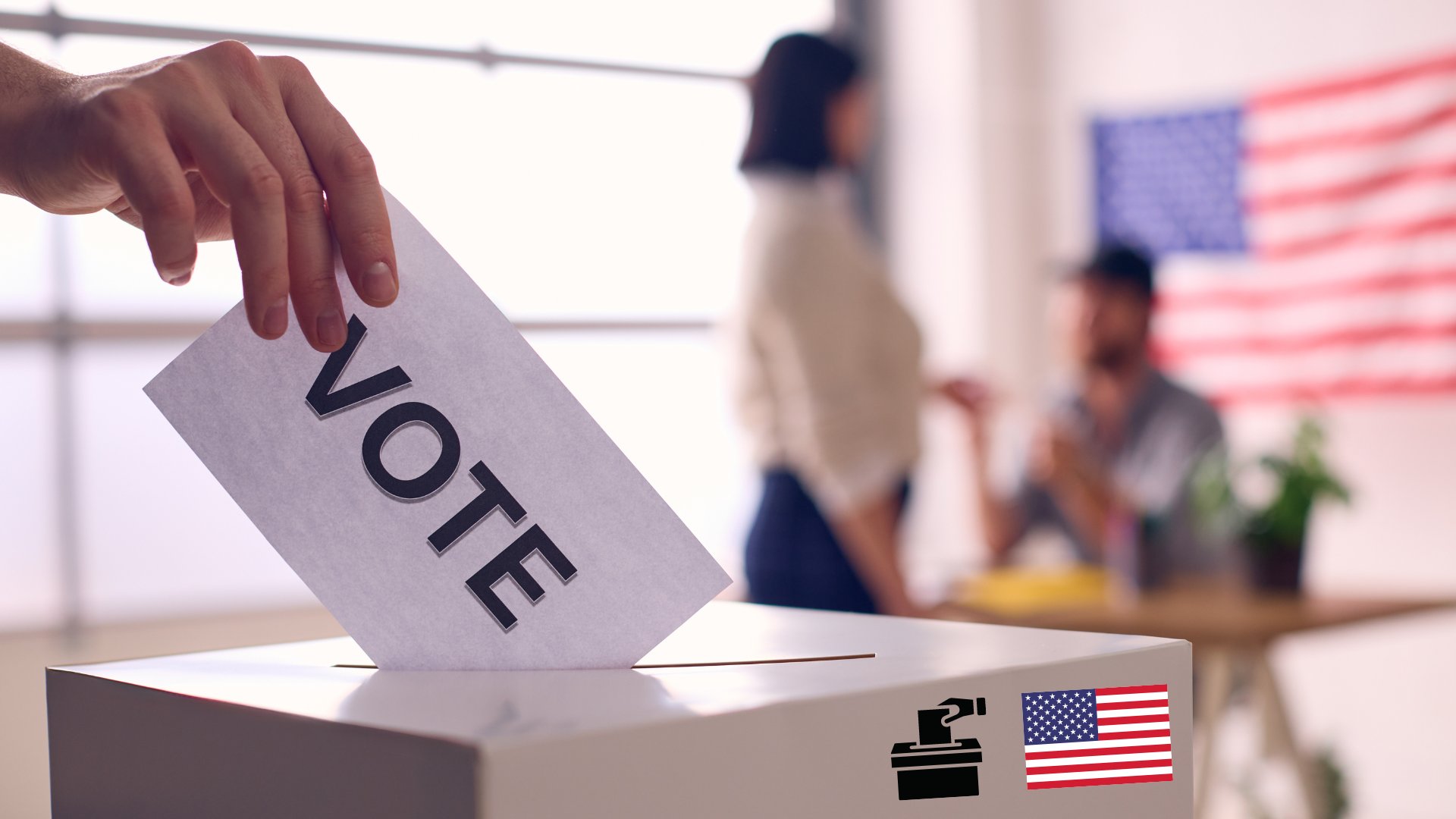With a presidential election approaching, it’s the perfect time to bring the political process into your classroom. Here are some engaging activities and writing assignments to help students explore the election process and issues in a meaningful way.
When teaching about elections, it’s critical for teachers to remain neutral and create an inclusive environment where all viewpoints are respected. Encourage critical thinking by presenting multiple perspectives on issues and candidates and avoid promoting any personal biases. Focus on teaching students how to evaluate information, identify credible sources, and understand the electoral process. Additionally, be mindful of the diversity in your classroom, recognizing that students may come from different political backgrounds or hold varying opinions, and emphasize the importance of respectful dialogue and open-mindedness throughout the discussions.
1. Classroom Debates: Bringing Issues to Life
Divide students into groups and have them debate key campaign issues. This encourages research, critical thinking, and respectful discussion. Rotate roles so everyone experiences multiple perspectives.
Tip: Set clear guidelines for respectful debates, emphasizing listening and thoughtful responses. For a unique discussion technique, check out the lesson plan for the Undivide Us video, which can be used with or without the video. (The video is highly recommended as well!)
2. Mock Election: Experiencing the Voting Process
Hold a mock election with ballots, voting booths, and campaign posters. Discuss the candidates’ platforms and the importance of informed voting. This hands-on activity makes the election process real and helps students understand civic engagement.
Tip: Expand the activity to include other classes for a school-wide event.
3. Election Journals: Daily Writing Practice
Have students keep an election journal with daily prompts, such as: “What’s the most important issue in this election?” or “How do candidates communicate their messages?” This activity encourages reflection and helps students track their evolving views.
Tip: Encourage students to revisit their journals at the end of the election to see how their perspectives changed.
4. Electoral College Simulation
Assign students to represent different states and hold a mock election using the Electoral College system. Discuss the results and the pros and cons of the system afterward. This activity clarifies how the Electoral College works and encourages critical thinking about democracy.
Tip: Use an online Electoral College map to make it more engaging. Use the video The Electoral College – Checks, Balances, and Ballots to introduce the concept and clear up misconceptions many people have about it.



